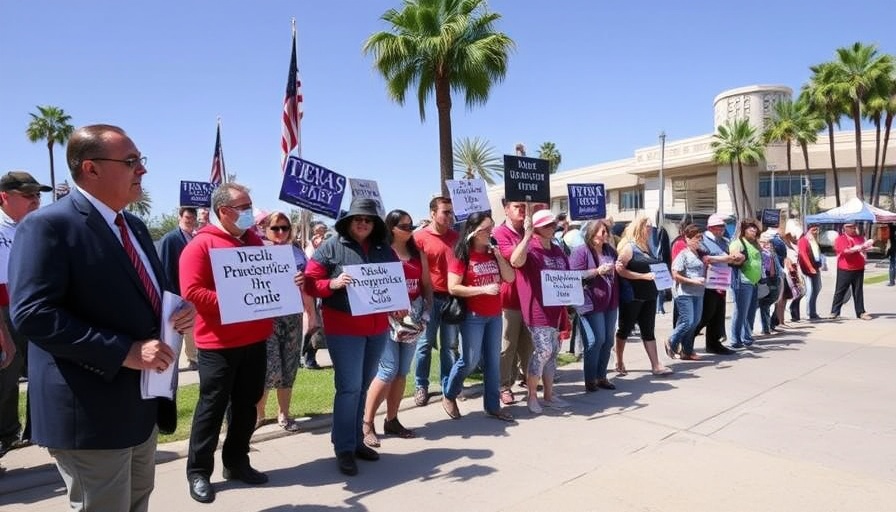
A Political Standoff: The Mass Exodus of Texas Democrats
In an unprecedented move, Texas Democrats have fled the state to avoid voting on proposed congressional redistricting maps, as tensions between the parties escalate. This protest aims to counter a significant effort by Republicans, pushed by former President Donald Trump, to reshape electoral boundaries in Texas, ultimately impacting future elections and federal representation.
The Context Behind the Walkout
Since early August, the Texas House of Representatives has struggled to achieve a quorum as Democratic lawmakers phase out, aiming to stall a vote that could significantly revise electoral maps. Such a move is perceived as an attempt to gerrymander, a tactic designed to favor one political party over another by manipulating the boundaries of electoral districts.
According to the state constitution, a minimum presence of 100 members from the 150-member House is necessary to conduct business. With a Republican majority of 88 to 62, each absentees’ impact has inhibited legislative progress, leading to frustrations echoed by Republican leaders. They have threatened to escalate measures to force Democrats back, ranging from removing lawmakers from office to involving federal agencies like the FBI.
Democrats in California: A Show of Solidarity
While the political maneuvering unfolds in Texas, the Democrats who decamped are making their voices heard in California. Scheduled appearances alongside Governor Gavin Newsom and former House Speaker Nancy Pelosi serve not only as political posturing but also as a strong rebuttal against the proposed redistricting. Their support is vital, presenting a united front against perceived Republican overreach.
Newsom has responded by hinting at potential retaliatory measures if Texas successfully implements its congressional maps. This shifts the battle from Texas to California, showcasing the national implications this local issue could have.
What This Means for Texas Politics
The ongoing standoff raises questions about the broader political climate in Texas, once seen as a predictable Republican stronghold. Democrats have begun to harness mobilization tactics reminiscent of past conflicts over civil rights and voter access, trying to modernize their approach as they gear up for future elections.
As tensions simmer, political analysts predict potential voter backlash in Texas against what many see as attempts to limit democratic participation through gerrymandering. If the Democrats manage to maintain momentum with statewide outreach, Texas could find itself welcoming a renewed competitive political landscape.
The Implications of Escalating Tensions
As the situation intensifies, the potential ramifications extend beyond state borders. Political leaders and parties nationwide observe Texas closely, recognizing it as indicative of broader national trends surrounding voter suppression and electoral integrity debates. The Republican response promises increased actions against Democrats which may spiral into a more contentious state of political affairs.
Regardless of the outcomes of these political maneuvers, it poses an important inquiry: What precedent will this set for the future of state and federal politics? Will other states use Texas as a case study for similar actions, or will compromise emerge as both parties reassess their strategies?
Stakeholder Responses and Future Steps
In the days ahead, Republican leaders indicate they will not relent, signaling that pressure will mount. Speaker of the House, Dustin Burrows, has made it clear that each absent legislator cannot escape the call back to duty. However, with public support visibly leaning towards Democrats in their fight, it may serve as a pivotal moment for future voter engagement.
As Californians stand in solidarity with the Texas Democrats, the outcome of this standoff may have significant political ramifications in 2026 and beyond, marking a potential shift in the political landscape not only in Texas but across the nation.
 Add Row
Add Row  Add
Add 




Write A Comment